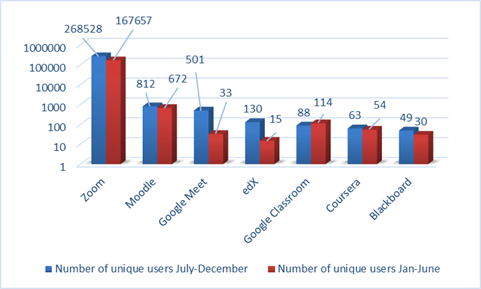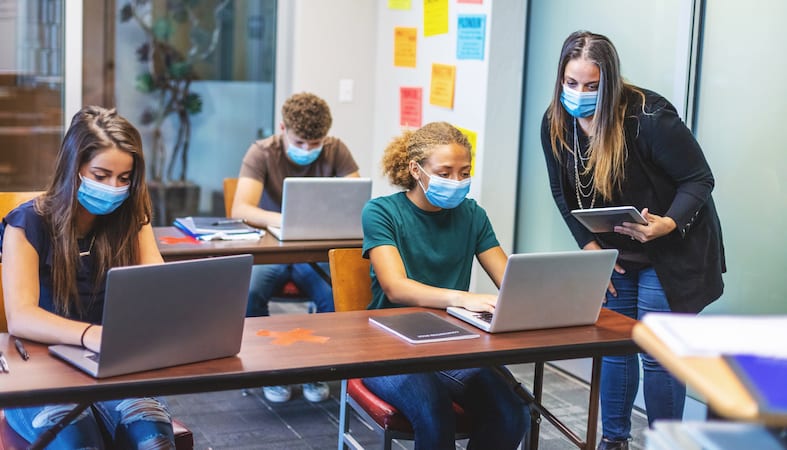According to some reports, from July to December 2020, 270,171 users encountered various threats disguised as popular learning platforms—an increase of 60% when compared to the first half of 2020.
Amid the continuing pandemic, schools are experiencing renewed closures or are pursuing a hybrid model of learning (in-person plus remote-learning). These tech-driven pathways are cyber risks and new attack surfaces that are closely watched by cybercriminals.
According to Kaspersky research, the most popular lure was, by far, videoconference application Zoom. The second most popular was Moodle, followed by Google Meet. The number of users that encountered threats disguised as popular online learning/video conference platforms had increased for all but one platform—Google Classroom.

E-learning riskware and adware
As far as Kaspersky’s client data was concerned, about 98% of the e-learning threats encountered were not-a-virus, which is divided into riskware and adware. Adware bombards users with unwanted ads, while riskware consists of various files (ranging from browser hijacking bars and download managers to remote administration tools) that may carry out various actions on your computer without your consent. Trojans made up roughly 1% of the threats encountered.
Hackers typically disguised their phishing or fraudulent websites as popular video meeting apps and online course platforms through fake application installers on advertisements or notifications designed to look like those of the original platforms. Spam or phishing emails can also contain ‘special offers’ leading to the malformed websites and installers.
According to the firm’s security expert Anton Ivanov: “Unfortunately, until all students are back in the classroom full-time, educational institutions will continue to be a popular target for criminals, particularly since this sector has traditionally not prioritized cybersecurity. However, the pandemic has made it clear that this has to change, especially since technology is increasingly being incorporated in the classroom—virtual learning or not.”
To help educators and their students stay secure when using digital tools in the classroom, Kaspersky has put together a variety of resources, including an online course that teaches cybersecurity best practices. Readers can explore the free toolkit here: https://kas.pr/smy6

















